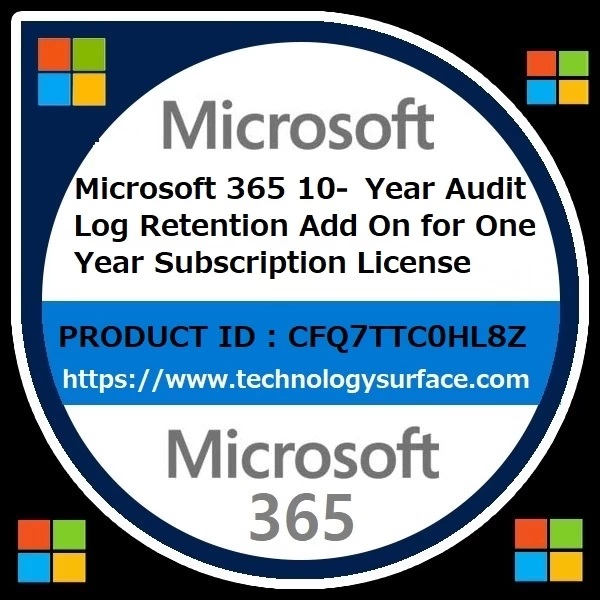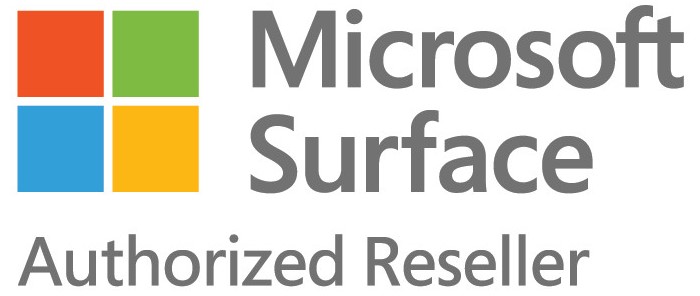Oracle Database Standard Edition 2 (On-Premises) Processor for One Year Subscription License With Update & Support
Key Features
- Notes:- Update and Support is One Year Subscription his Price is 255255.
Does Oracle Database have more than one edition? Yes, I know it has been
like this for many years, but I think it is worth pointing this out again. When
looking at the Oracle Database - there are actually a few options available to
you. Some might not actually know this, as the only option they might be
presented with by default could be Oracle Enterprise Edition (EE). Don’t get me
wrong, it is an amazing solution with a plethora of options. But it does in
fact, as I always say, have a little brother – Oracle Standard Edition 2, which
actually is worth looking at. It might not have all the features - or bells and
whistles as some say; but it is feature-rich and at the core still, an amazing
database edition which if you look closely, it could be the right fit for you.
Oracle
Database Standard Edition 2 (SE2) can be licensed and used on servers with a
maximum capacity of 2 CPU sockets. There is no limit to the number of cores. It
is important to note though that Oracle Database Standard Edition 2
automatically limits the maximum number of CPU threads to 16 at any one time.
To some, this might be seen as a limitation, but for most this should be more
than sufficient to run workloads - especially if later faster CPU models are
used. One important thing when the initial version of Standard Edition 2 was
released was that it came bundled with Oracle Real Application Clusters (RAC).
This unfortunately has changed since Oracle released the 19c update. As of 19c,
Oracle Standard Edition 2 does not include the Oracle RAC option, which was a
big shock to most of us. However, since the release of SE2 and the limitations
on 16 threads using Oracle RAC with SE2 became a less attractive option, many
new installations of Oracle SE2 tend to be more single instance than Oracle RAC.
Plenty of companies that still had the Oracle Standard Edition (SE) option
(usually running 11.2.0.4 database patched version) which allowed up to 4 CPU
sockets with no thread limitation, started looking at keeping this more long
term. Short term this might seem like a good plan while you review the options
going forward. It is recommended to make sure you have a support agreement in
place - and always keep an eye on this Oracle support note: Release Schedule of
Current Database Releases (Doc ID 742060.1).
Technical Details
| Brand: | Oracle |
|---|---|
| Model number: | Oracle Database Standard Edition 2 Processor License |
| Part Number: | Oracle Database Standard Edition 2 Processor License |
| Seller SKU: | Oracle Database Standard Edition 2 Processor |
| Manufacturer: | Oracle Software |
| Availability: | In Stock |
| Minimum order quantity: | 1 |
| Date first listed on Authorized Software Reseller : | Apr 3, 2024 |
Does Oracle Database have more than one edition? Yes, I know it has been
like this for many years, but I think it is worth pointing this out again. When
looking at the Oracle Database - there are actually a few options available to
you. Some might not actually know this, as the only option they might be
presented with by default could be Oracle Enterprise Edition (EE). Don’t get me
wrong, it is an amazing solution with a plethora of options. But it does in
fact, as I always say, have a little brother – Oracle Standard Edition 2, which
actually is worth looking at. It might not have all the features - or bells and
whistles as some say; but it is feature-rich and at the core still, an amazing
database edition which if you look closely, it could be the right fit for you.
Oracle
Database Standard Edition 2 (SE2) can be licensed and used on servers with a
maximum capacity of 2 CPU sockets. There is no limit to the number of cores. It
is important to note though that Oracle Database Standard Edition 2
automatically limits the maximum number of CPU threads to 16 at any one time.
To some, this might be seen as a limitation, but for most this should be more
than sufficient to run workloads - especially if later faster CPU models are
used. One important thing when the initial version of Standard Edition 2 was
released was that it came bundled with Oracle Real Application Clusters (RAC).
This unfortunately has changed since Oracle released the 19c update. As of 19c,
Oracle Standard Edition 2 does not include the Oracle RAC option, which was a
big shock to most of us. However, since the release of SE2 and the limitations
on 16 threads using Oracle RAC with SE2 became a less attractive option, many
new installations of Oracle SE2 tend to be more single instance than Oracle RAC.
Plenty of companies that still had the Oracle Standard Edition (SE) option
(usually running 11.2.0.4 database patched version) which allowed up to 4 CPU
sockets with no thread limitation, started looking at keeping this more long
term. Short term this might seem like a good plan while you review the options
going forward. It is recommended to make sure you have a support agreement in
place - and always keep an eye on this Oracle support note: Release Schedule of
Current Database Releases (Doc ID 742060.1).
No reviews
Frequently Bought Together
Contact us
Complete this Enquiry Form to obtain additional information about our services or send personal complaints. We will analyze your enquiry and return to you shortly by email or phone.

Related Items


























